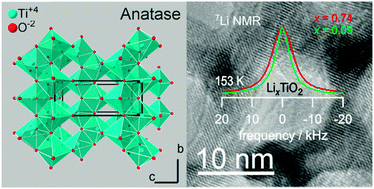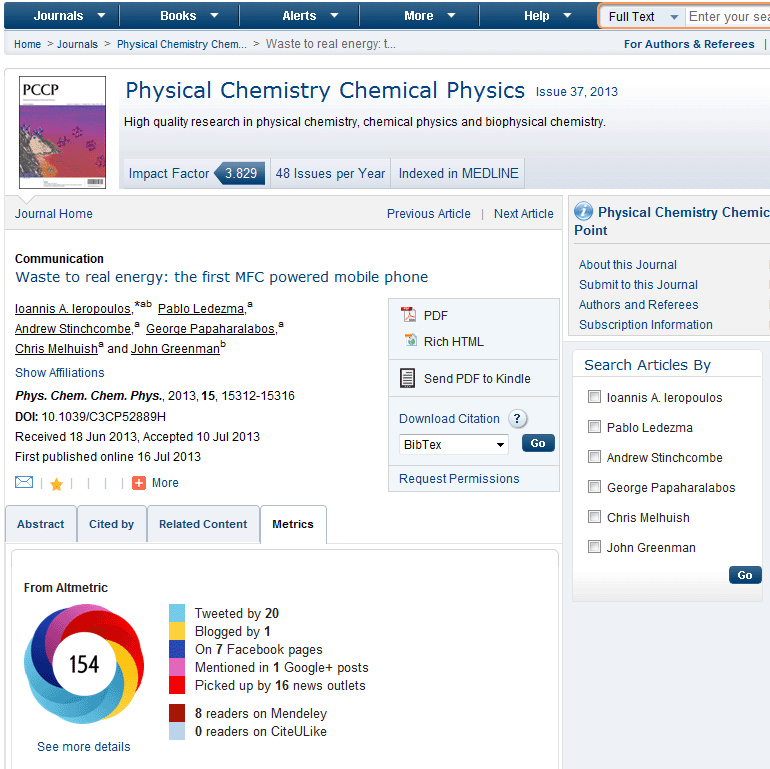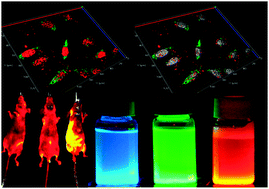Take a look at this week’s HOT articles, which are free to access for a limited time:
Principles of phosphorescent organic light emitting devices
Boris Minaev, Gleb Baryshnikov and Hans Agren
DOI: 10.1039/C3CP53806K, Perspective
Harvesting UV photons for solar energy conversion applications
Mateusz Wielopolski, Katharine E. Linton, Magdalena Marszałek, Murat Gulcur, Martin R. Bryce and Jacques E. Moser
DOI: 10.1039/C3CP54914C, Paper
Molecular mobility on graphene nanoribbons
M. Jafary-Zadeh, C. D. Reddy and Y.-W. Zhang
DOI: 10.1039/C3CP54095B, Paper
Water balance model for polymer electrolyte fuel cells with ultrathin catalyst layers
Karen Chan and Michael Eikerling
DOI: 10.1039/C3CP54849J, Paper
Shock wave and modeling study of the thermal decomposition reactions of pentafluoroethane and 2-H-heptafluoropropane
C. J. Cobos, L. Sölter, E. Tellbach and J. Troe
DOI: 10.1039/C3CP54274B, Paper
The influence of transition metal oxides on the kinetics of Li2O2 oxidation in Li–O2 batteries: high activity of chromium oxides
Koffi P. C. Yao, Yi-Chun Lu, Chibueze V. Amanchukwu, David G. Kwabi, Marcel Risch, Jigang Zhou, Alexis Grimaud, Paula T. Hammond, Fanny Bardé and Yang Shao-Horn
DOI: 10.1039/C3CP53330A, Paper
The benzoic acid–water complex: a potential atmospheric nucleation precursor studied using microwave spectroscopy and ab initio calculations
Elijah G. Schnitzler and Wolfgang Jäger
DOI: 10.1039/C3CP54486A, Paper
Comparative dynamics of the two channels of the reaction of D + MuH
F. J. Aoiz, J. Aldegunde, V. J. Herrero and V. Sáez-Rábanos
DOI: 10.1039/C3CP53908C,
Non-radiative relaxation of UV photoexcited phenylalanine residues: probing the role of conical intersections by chemical substitution
Momir Mališ, Yohan Loquais, Eric Gloaguen, Christophe Jouvet, Valérie Brenner, Michel Mons, Ivan Ljubić and Nađa Došlić
DOI: 10.1039/C3CP53953A, Communication
Attosecond imaging
Marc J. J. Vrakking
DOI: 10.1039/C3CP53659A, Perspective
Optimizing nanoporous materials for gas storage
Cory M. Simon, Jihan Kim, Li-Chiang Lin, Richard L. Martin, Maciej Haranczyk and Berend Smit
DOI: 10.1039/C3CP55039G, Paper
Conformer-selective photoelectron spectroscopy of α-lactalbumin derived multianions in the gas phase
Matthias Vonderach, Marc-Oliver Winghart, Luke MacAleese, Fabien Chirot, Rodolphe Antoine, Philippe Dugourd, Patrick Weis, Oliver Hampe and Manfred M. Kappes
DOI: 10.1039/C3CP54596B, Paper
Contribution of hydrogen bonding to charge-transfer induced surface-enhanced Raman scattering of an intermolecular system comprising p-aminothiophenol and benzoic acid
Yue Wang, Wei Ji, Zhi Yu, Ran Li, Xu Wang, Wei Song, Weidong Ruan, Bing Zhao and Yukihiro Ozaki
DOI: 10.1039/C3CP54856B, Paper


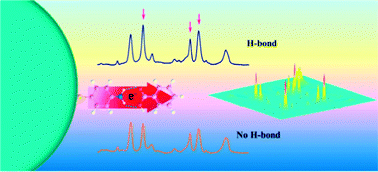









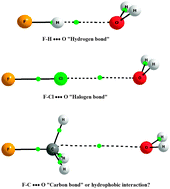 The work of PCCP Advisory Board member
The work of PCCP Advisory Board member 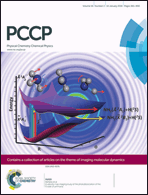 PCCP is delighted to present its current issue which includes an excellent collection of articles on the theme of
PCCP is delighted to present its current issue which includes an excellent collection of articles on the theme of 